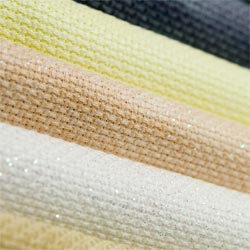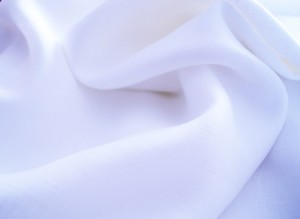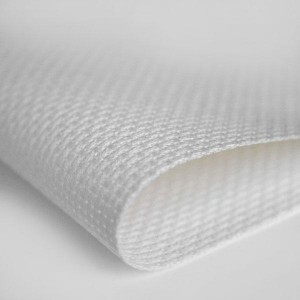Brief History
Cross stitch is a form of embroidery worked in small X stitches to form a picture or pattern.
Embroidery in some style has been with us as a form of art for thousands of years, it’s not a new hobby, the Ancient Egyptians were doing it thousands of years ago and many embroidered and cross stitched items have been found in the tombs of Egypt, including the most famous Tutankhamen at the Valley of Kings in Luxor, Egypt. Some of the oldest designs are the Celtic designs and date back to around 500 BC.
Cross stitch has also been found decorating the costumes of the Ancient Maori of New Zealand and cross stitch samplers and cloths have been discovered in old churches around Europe and in just about all the world’s museums there are some cross stitched or embroidered clothing or linen displayed from times long past. It is an ancient decorative art still used today and produces the most stunning pieces of textile artistry by all kinds of people, young and old, women and even men!
The oldest printed patterns date back to 1525 AD, but printed patterns didn’t really take off until the early 1800’s when a print salesman from Berlin by the name of Phillipson started to mass produce colored block patterns. Naturally this led to other entrepreneurs following on and by 1840 there were in excess of 14,000 printed designs sold each year.
The invention of the sewing machine in 1851 did cause a decline in hand stitching, but during the 1960’s Counted Cross Stitch had a rapid rise in popularity and carried on increasing up to the present day when it is one of the most widely used and loved hobbies for all ages. Young Cross Stitcher numbers have grown and continue to rise over the last few years with well over 50% of first timers becoming ‘hooked’ progressing on to try out more difficult, and more rewarding patterns.
Cross stitch is worked with silk or cotton embroidery thread onto an ‘even-weave’ fabric such as Aida or Linen. The most popular and easier to use fabric is Aida although many of the more elaborate designs are worked on evenweave Linen.
Fabric for Cross Stitch
Aida is generally the most popular and easy to use fabric for counted cross stitch, although cotton/rayon mixes produce a softer, silkier fabric for use with the more special occasion such as weddings and anniversaries. Aida fabric comes in various count sizes, the count being the holes per inch so the larger the count the smaller the design. On large count fabric the design is often worked over 2 stitch holes instead of one, so working on 28 count fabric over 2 holes would give the same size design as working on 14 count fabric over 1 hole. 14(28) count fabrics are the most widely used for most designs
Aida fabric comes in a wide range of dyed colors including white, ecru, ivory, cream, brown, black, red, green, blue, sky, and numerous other shades. Popular colors for cross stitched Christmas cards are red, dark blue and green.
Hardanger fabric takes its name from the region of Hardanger in Norway where this fabric originated from and comes in 22 count and generally worked over 2 holes. Hardanger is a 100% cotton even-weave fabric.
Herta is a fabric similar to Aida and is 6 count. Herta is ideal for teaching children the art of cross stitch as the holes are further apart. This is also ideal for larger projects stitched with wool rather than embroidery threads.
Linen can also be used for cross stitch as well as embroidery which it has generally been used for in the past. Linen tablecloths and napkins with delicate stitching always make a wonderful gift for someone special or a special occasion such as a wedding.
Waste Canvas is very similar to Aida fabric and is used to stitch a design onto a fabric that is not cross stitch ‘friendly’ such as T-shirts, shirts, dresses, jeans, etc. Waste canvas comes in all the same counts as other Aida fabrics and is marked with a grid which divides the canvas into 10 squares in the same way a chart does. An interfacing piece of fabric can be used between the waste canvas and the fabric you are stitching onto as a means of added support for the stitched design. When the design is complete soak this is water and the waste canvas threads can be pulled out of the design leaving your cross stitched design on your chosen fabric.
Plastic Canvas yes you can also get plastic canvas with holes which you can cross stitch a design onto and make gifts and ornaments such as trinket boxes of all sizes among literally anything you can or cannot imagine, including a dolls house!
So, cross stitch knows no bounds. With hundreds of fabrics to choose from and also ways of cross stitching your chosen design directly on to your favorite clothing down to stitching a dolls house including all the furniture, this art will continue to impress and bring joy to millions, young and old, men and women!





